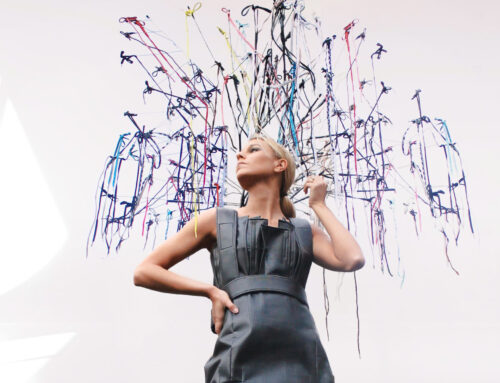In
“We’ve got about 30 acres of parks — all owned in common by the neighborhood. That’s really unique,” says Lanay Hartmann, an officer in the homeowners association.
Greenway Parks is nestled into 150 acres between the Tollway and Inwood, bound by Mockingbird and University. The neighborhood was designed in 1927 by architect David R. Williams, following the “English commons” tradition of clustering houses around a series of open private parkways (no significant front yards — all of the homes face the greenway area). It became the first pedestrian-oriented community in
And it remains that way today.
In addition to day-to-day use of the parks, the residents of Greenway Parks gather in their commons for all kinds of events throughout the year, such as their recent Children’s Egg Hunt and Spring Fling held last month, or the upcoming 4th of July celebration.
“The parks contribute so much aesthetically to the neighborhood. And for those with younger children, it’s a place for them to play,” says resident Max Harper Jr.
Harper and his wife Lois have lived in Greenway Parks for 40 years. And even though their kids are grown and gone, he says “us old-timers” (as he calls himself and his wife) still look forward to the community events. Oktoberfest, Harper says, is his favorite.
“It makes for a great neighborhood,” Harper says.
Resident Molly Van Ort agrees.
“It’s great we’ve been able to preserve it and keep it through all these years.”
Van Ort is chairing the newly formed historical committee, which is collecting and recording information about the neighborhood for preservation purposes. Along with the help of author Mary Jo Forbes, Van Ort has been interviewing many of the longtime residents.
“Many of those anecdotal stories are very interesting,” Van Ort says. She’s also trying to round up old photos and scrapbooks.
“It’s ambitious, but we’d like to do a coffee table book or some kind of book,” she says, explaining the committee hasn’t yet decided what to do with the finished collection. But, she says, “We need something more permanent.”
In terms of architecture, the neighborhood is quite significant. O’Neil Ford, Howard Meyer, Charles Dilbeck, John Aston Perkins and Ralph Bryan are just a few notable architects who have designed homes in Greenway Parks.
“It’s like living in a work of art,” says Hartmann, who has lived in a neighborhood Meyer home for the last 30 years.
Many different styles of homes are interspersed throughout Greenway Parks, from Prairie to English Revival to Spanish Colonial to Bauhaus-influenced.
“Younger families are moving into the neighborhood because of the same things that appealed to us older folks when we moved here, and that is there’s no standard architecture,” Harper says. “It’s one of Greenway Parks greatest appeals.”
The Texas Society of Architects thought so, too. In 2002, the organization chose Greenway Parks as one of 25 of
In May of 2003, the neighborhood also became a conservation district.
“We really wanted to do it to preserve our neighborhood,” Hartmann says. “Especially with what’s going on in the rest of the city. We are terrified that someone will come in and tear down and build a home that takes up the whole lot. We want to preserve the character of the neighborhood.”
Harper also is apprehensive about the current trend in home building.
“The ‘McMansions’ that have already been built in our neighborhood stand out like a sore thumb," he says.
"Most of us in Greenway Parks prefer that not happen. It destroys the ambience of our neighborhood."






